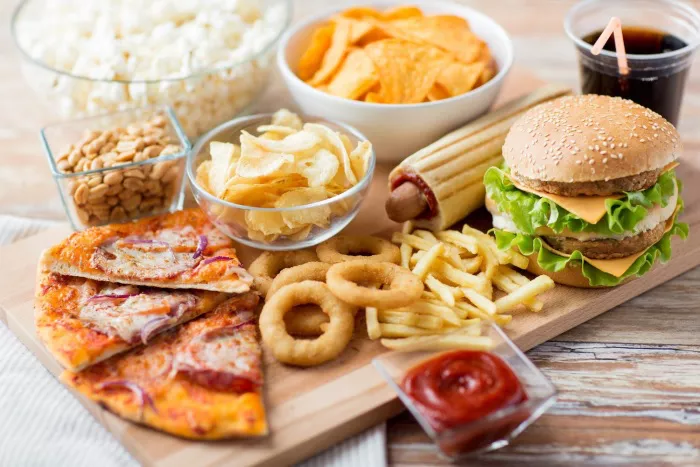A recent report has unveiled that Washington, D.C. boasts one of the most diverse and innovative culinary landscapes in the United States. The report, produced by Datassential, a company specializing in data for the food and beverage industry, positions the District as the fourth-ranked city for what it terms “food forwardness.”
This recognition is not merely about the prevalence of trendy eateries but, as Datassential notes, it signifies a thriving and multifarious restaurant scene that distinguishes D.C.
Datassential’s Executive Chairman, Jack Li, explained that their data encompassed 158 metropolitan areas and centered on three key aspects: the variety of cuisines constituting 90% of a region’s total restaurants, the global diversity of dining establishments, and the culinary knowledge of the local populace.
Jack Li remarked, “In terms of opening up your food palate and being able to experience different things and having exposure to new foods, flavors, and the sort of mashups and twists that emerge from all those combinations, D.C. is a wonderful place to be.”
While Washington, D.C. secures an impressive fourth place, it lags behind San Francisco, Los Angeles, and Miami, which occupy the top three spots in the ranking.
A deeper analysis of the data discloses some notable statistics. African restaurants, for instance, are more than five times as prevalent in the D.C. area as they are in the rest of the country. To illustrate, the region boasts 80 Ethiopian restaurants, a stark contrast to Omaha, Nebraska, which has only two.
Korean restaurants are 2.4 times more abundant in the D.C. region compared to other U.S. cities. Moreover, the area is distinguished by a high number of South American, Mediterranean, and Indian restaurants.
In the aggregate, there are 28 types of cuisine that collectively constitute 90% of the restaurants in the D.C. area, demonstrating the remarkable diversity in culinary offerings. In contrast, the city of Wausau, Wisconsin, which sits at the bottom of the ranking, relies on only 11 types of cuisine to reach that 90% threshold.
Jack Li emphasized the role of the region’s demographics in shaping these results, stating, “I think there’s a pretty straight, solid line that you could draw from the people that live in an area to the types of restaurants that open up in the area.”
The data also underscores the symbiotic relationship between exposure to diverse cuisines and the emergence of more restaurants offering those cuisines. Jack Li noted, “I think there’s certainly a learning there that food gets better when we embrace … more cultures and the foods of more cultures.”
In the same ranking, Baltimore was listed at No. 34, highlighting the significant culinary diversity and “food forwardness” present in Washington, D.C.
























